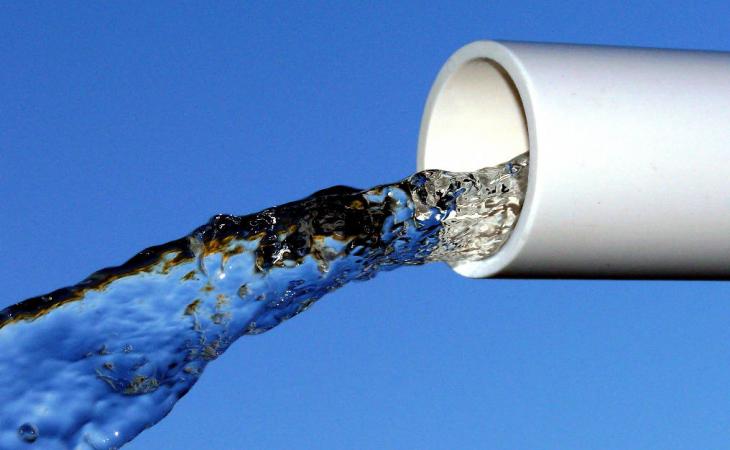This website uses cookies so that we can provide you with the best user experience possible. Cookie information is stored in your browser and performs functions such as recognising you when you return to our website and helping our team to understand which sections of the website you find most interesting and useful.
News
With PVC, Cities Realize Cost Savings for Ratepayers
This is exerpted from the Municipal Water Leader November/December issue’s “PVC Pipe for Performance and Value to Water Utilities,” and is part three of a four-part series.
The City of Burton, Michigan, was recognized recently with the 2015 Innovation in Infrastructure and Technology award from the Genesee County Metropolitan Planning Commission for its five-year project to replace its corroding iron pipes with PVC. Burton Mayor Paula Zelenko stated recently in The Burton Review, “The City is looking to the future using PVC water main pipe, which is manufactured as a green product, requires less energy and fewer resources, and has a conservative life expectancy of at least 100 years.
“Most importantly, because PVC pipe is non-corrosive, the quality of the water delivered to the residents is healthier than water carried by ductile iron. . . . Providing safe drinking water is a top priority for my administration. . . . The use of PVC will also allow the City to increase water pressure to the residents by an average of 25 pounds, further improving quality of life and increasing fire-fighting safety. The quality of the pipe and the expected longevity will also result in fewer interruptions in service. The use of PVC is saving the taxpayers of Burton $651,000.”
The City of Indianapolis, Indiana, found that PVC water pipe had a failure rate 2.5 times lower than traditional pipe materials, which resulted in significant cost savings for ratepayers. As a solution to corrosion and to reduce costs, Pleasanton, California, began using corrosion-proof PVC pipe in the mid-1980s because PVC does not need coatings, liners, or other materials to ensure strength or sustainability. Pleasanton found PVC pipe to be about 70 percent cheaper than ductile iron pipe. Schenectady, New York, Mayor Brian Stratton, a former co-chair of the U.S. Conference of Mayors Water Council, stated in the May 2010 issue of U.S. Mayor, “The traditional habit of using one or two pipe materials exclusively is no longer satisfactory. Local officials need to compare all proven pipe materials on a life-cycle basis before choosing the best pipe for the city.”
NTU also reported savings. Mr. Doyle explains, “NTU estimates that replacing old-fashioned cast iron pipe with PVC would save an estimated $245 billion, or 11.5 percent of the total replacement value of all pipe. By replacing ductile iron pipe with PVC, the average cost savings is estimated at $126 billion, making up 5.9 percent of the total. A shift in pipe selection from old iron and ductile iron pipe materials to PVC pipe could reduce the current estimated total replacement value of iron metallic pipes from $1.36 trillion to $991 billion.”


